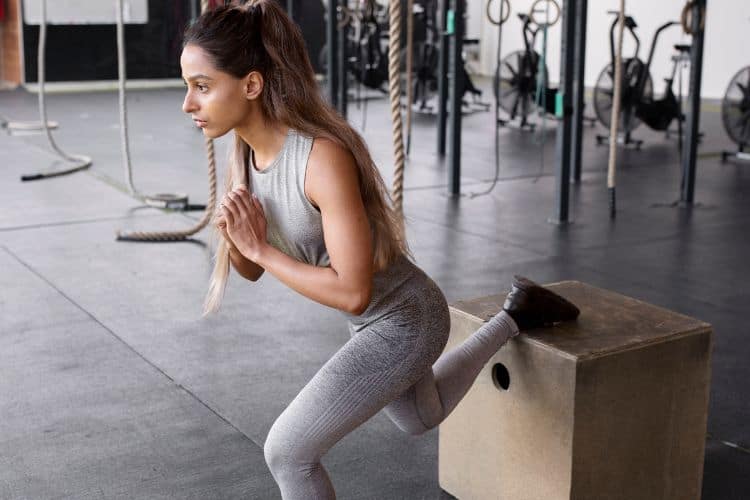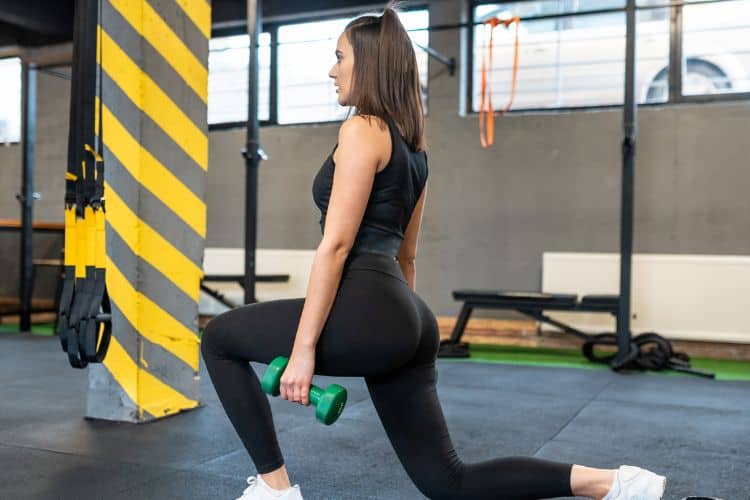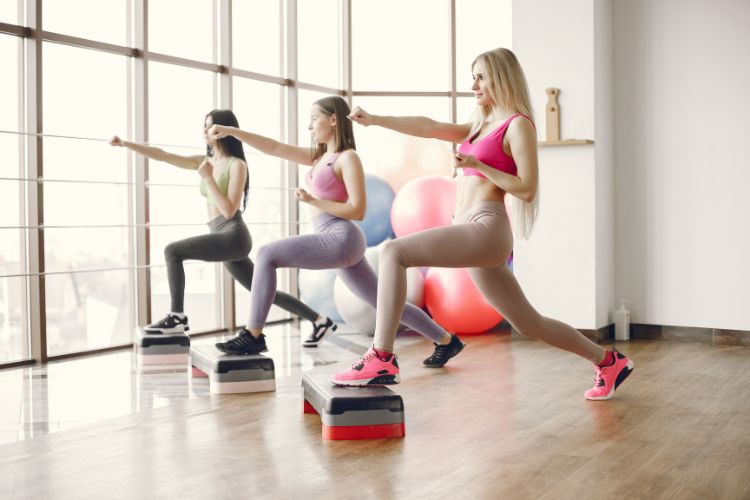Sign up for workout ideas, training advice, reviews of the latest gear and more.






When it comes to staying fit and healthy, cardio is a non-negotiable part of any effective workout routine. However, not everyone can—or should—engage in high-impact exercises like jumping jacks or sprinting. Whether you’re recovering from an injury, managing joint issues, or simply prefer a gentler approach to fitness, low impact 30-minute cardio workouts offer a powerful and accessible alternative. This guide explores everything you need to know about these workouts—from benefits and structure to routines you can do at home or in the gym.
Low impact cardio refers to cardiovascular exercises that minimize stress on the joints while still elevating your heart rate. Unlike high-impact workouts, these exercises avoid jumping or hard landings and instead focus on fluid, controlled movements.
Low impact doesn’t mean low results. A consistent 30-minute routine can yield powerful physical and mental health benefits.
Low impact cardio helps burn calories while protecting your joints. This makes it ideal for seniors, beginners, people with arthritis, or those recovering from surgery.
Thirty minutes of cardio can significantly improve your cardiovascular endurance. Over time, it can lower blood pressure, reduce cholesterol levels, and strengthen your heart.
Like all aerobic exercises, low impact cardio triggers the release of endorphins, helping to reduce anxiety and depression. It’s a natural mood booster.
A well-structured 30-minute cardio session burns calories and can contribute to healthy weight loss when paired with proper nutrition.
Many low impact movements emphasize range of motion and balance, helping to increase flexibility and coordination over time.
Low impact 30-minute cardio workouts are suitable for nearly everyone. Here’s who benefits the most:
To make your workout effective and engaging, divide it into the following sections:
The warm-up gets your heart rate up gradually and preps your muscles. Focus on dynamic stretches and gentle movements.
Example:
This is the heart of your routine. Aim for 5–6 moves done in a circuit, repeating the circuit 2–3 times depending on your pace.
Cooling down gradually lowers your heart rate. Include slow walking in place and static stretching to release tension.
This equipment-free routine is perfect for beginners or those working out at home.
Each move: 45 seconds work, 15 seconds rest
A full-body movement that boosts circulation.
Step side to side while reaching overhead—great for lateral movement and core.
Strengthens legs and glutes without jumping.
Engages core and gets the heart rate up.
Gentle on the knees but effective for inner thighs and glutes.
Add upper body cardio with shadowboxing moves.
Add variety and resistance with light weights or resistance bands.
Follow the same dynamic warm-up as listed above.
Targets hips and glutes.
Use light weights and alternate legs.
Perfect for core and lower body without stress.
A step platform adds challenge without impact.
Raise dumbbells or use resistance bands to strengthen shoulders.
Proper form prevents injury and increases efficiency. Controlled movements are more effective than rushed, sloppy ones.
Timing your work and rest intervals keeps you on track and ensures a structured workout.
Even low impact workouts can make you sweat—drink water before, during, and after your session.
Use a fitness tracker or journal to monitor improvements in stamina, weight, or mood over time.
Change your routine every few sessions to avoid plateaus. Rotate different low impact exercises and include resistance bands or light dumbbells.
| Day | Workout |
|---|---|
| Monday | 30-min bodyweight cardio |
| Tuesday | Active recovery (walking, stretching) |
| Wednesday | 30-min cardio with light dumbbells |
| Thursday | Rest or yoga |
| Friday | 30-min low impact dance or boxing cardio |
| Saturday | Resistance band cardio circuit |
| Sunday | Full body stretch or walk |
Depending on your body weight and intensity, you can burn between 150–300 calories in 30 minutes.
Yes. While you can’t spot-reduce fat, consistent low impact cardio helps burn overall body fat, which includes belly fat.
You can perform low to moderate-intensity cardio most days, but make sure to listen to your body and allow for rest or active recovery when needed.
Absolutely. Walking is one of the best and easiest forms of low impact cardiovascular exercise.
Low impact 30-minute cardio workouts offer a safe, accessible, and effective way to stay active and healthy—regardless of your age or fitness level. They’re a smart choice for longevity and joint health, and can be tailored to meet personal goals such as fat loss, endurance, or daily movement. The key is consistency: even three to five sessions per week can deliver meaningful health improvements.
Make time for these workouts, stay patient with your progress, and celebrate your commitment to a healthier lifestyle—one low impact step at a time.
Stay up to date on the latest women’s health, fitness and lifestyle trends and tips.